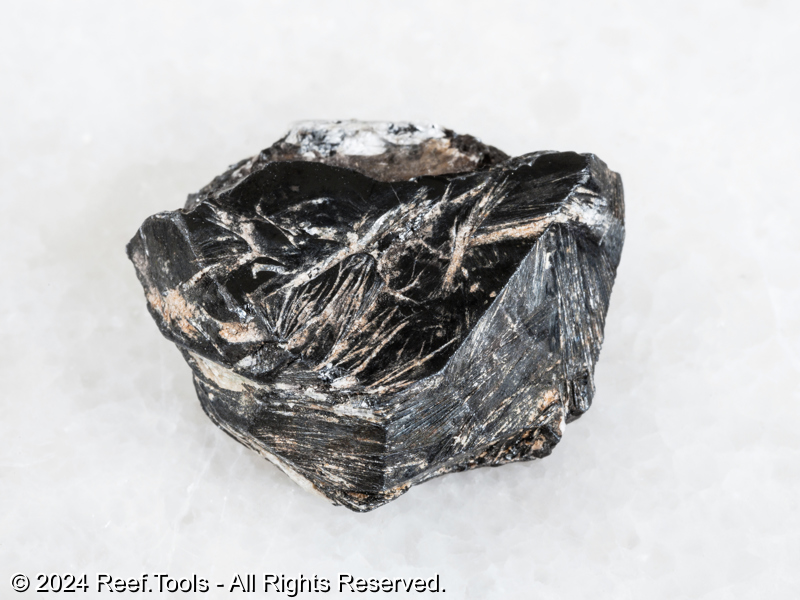Iron (Fe)
Transition Metals
Atomic Number: 26
Last Reviewed: 12/15/2024
Iron (Fe) is a vital trace element in marine ecosystems, playing a significant role in the health and growth of various organisms within reef aquariums. Its management requires a nuanced understanding of its biological importance, natural concentrations, and the implications of supplementation. Iron is essential for numerous biological processes, including photosynthesis and respiration. In reef aquariums, it supports the growth of macroalgae and certain corals, contributing to the overall health of the system.
Natural Seawater Levels
Concentration: Surface seawater typically contains iron at concentrations around 0.006 µg/L, though levels can vary with depth and location.
Risks
Deficiency: Insufficient iron can limit the growth of macroalgae and affect the health of photosynthetic organisms, potentially leading to imbalances in the aquarium ecosystem.
Excess: Elevated iron levels may promote unwanted algal blooms, including cyanobacteria, and could be toxic to certain marine organisms if not properly managed.
Relevancy
Macroalgae Growth: Iron is a critical component for the proliferation of macroalgae, which can aid in nutrient export and provide habitat for marine life.
Coral Health: Symbiotic dinoflagellates (zooxanthellae) within corals require iron for optimal photosynthetic activity, influencing coral coloration and growth.
Ocean Values
| Reference Name | Low | High | Optimal | Unit |
|---|---|---|---|---|
| Fiji Ocean | 5.0000 | 20.0000 | 15.0000 | µg/L |
| Red Sea Ocean | 10.0000 | 25.0000 | 17.0000 | µg/L |
| Caribbean Ocean | 10.0000 | 30.0000 | 20.0000 | µg/L |
Regional Variations
Iron concentrations in natural seawater can vary based on factors such as proximity to terrestrial inputs, upwelling zones, and local biogeochemical processes.
Dosage Recommendations
Target Level: Maintain iron concentrations at natural seawater levels, approximately 0.006 µg/L.
Supplementation: If necessary, follow manufacturer guidelines for chelated iron supplements, adjusting based on accurate testing to avoid overdosage.
Handling
Testing: Utilize precise analytical techniques for monitoring iron levels, acknowledging the limitations of standard aquarium test kits.
Supplementation: Only consider supplementation if a verified deficiency exists, and proceed with caution to prevent toxicity.
Reef.Tools recommends: Maintain Iron (Fe) concentrations between 0.0100 and 0.0500 µg/L.
References
- LaJeunesse, T. C., & Ho, T.-Y. (2020). Endosymbiotic dinoflagellates pump iron: differences in iron and other trace metal requirements among cultured isolates of Symbiodiniaceae. Coral Reefs, 39(5), 1141–1153. SpringerLink
- Holmes-Farley, R. (2002). Chemistry and the Aquarium: Iron in a Reef Tank. Reefs.com. Reefs
- Belgian Anthias. (2019). Iron in the Reef Aquarium? Reef2Reef. Reef2Reef
Difficulty
Rating: Moderate
Managing iron levels is moderately challenging due to its low natural concentrations and the potential for promoting unwanted algal growth if not properly controlled.
Categorization
Element Type: Transition Metal
Role: Trace Element
Usually Deficient
Iron is rapidly utilized by organisms and can be depleted in closed aquarium systems, especially those with significant macroalgae populations.
Essential
Iron is vital for photosynthesis and respiration in marine organisms, underpinning the health and productivity of the reef ecosystem.
Aliases
Fe, Ferric Iron (Fe³⁺), Ferrous Iron (Fe²⁺)
